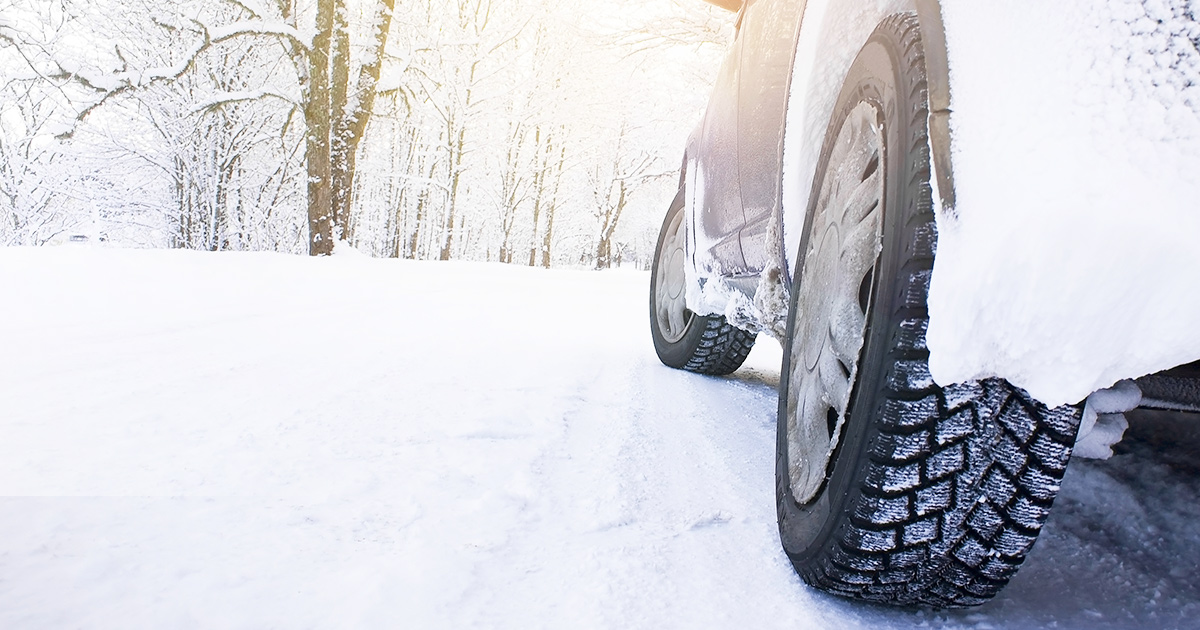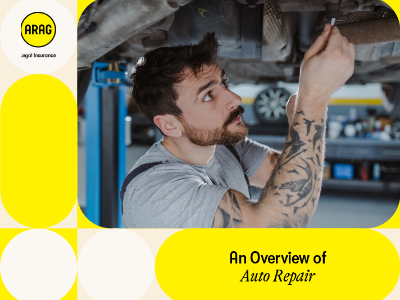As winter looms, so do inevitable car repairs. But there are small things you can do ahead of time to winterize your car and to help ensure you spend the least amount of time in the repair shop. Follow our winter car repair guide that includes the six most common winter car repairs that you can anticipate in the months ahead. We’re ready to give you all the advice and helpful winter car care tips you need to make sure you get to the places you need to go this season – even if it is a frozen tundra out there.
Winter Ready Tip 1: Anticipate a dead battery.
It’s very common for batteries to die during the winter months. That doesn’t mean you can’t bring them to life again, and it also doesn’t necessarily mean you have to buy an entirely new battery. Before you go down either of those slippery slopes, drop by your local repair shop to get your battery “load tested.” This is something that many repair shops will do for free — especially when the potential for you needing a new battery can be verified on site! When you get your battery load tested, you’ll be able to know more definitively how much juice is left in your battery and whether you need to go ahead and purchase a new one.
Winter Ready Tip 2: Fight flat tires.
As the temperatures drop, so does the air pressure in your tires. This is something that is very natural for many drivers to experience. You’ll often know that your tire pressure is low because your car will issue some kind of alert or light to indicate low tire pressure. If you don’t have a car that automatically alerts you, go ahead and check your tire pressure anyway. Your car manual will be able to tell you how many pounds of air should be in your tires, and you can use a simple tire pressure gauge to test the amount of air.
Typically your tires are going to lose about a pound of tire pressure for every 10 degrees Fahrenheit the temperature drops. Fill the tires back to the appropriate pound limit — making sure you don’t overfill, as this can weaken the walls of your tires. Remember that if you fail to keep the proper amount of tire pressure in your tires and allow them to stay low during winter, you could encounter problems on the winter roads. For example, your tires may cause your car to hydroplane because they don’t have enough pressure to stick to the ground.
Winter Ready Tip 3: Avoid wiper meltdown.
It’s quite common to forget to turn off your wipers before turning off your car — and this can create problems during the frozen winter months. That’s because your wipers freeze in place and when you return to your car, the wiper motor will be running hard to free the wipers from their icy prison. In the end, you could burn out your wiper motor. So remember to turn off your wiper blades first and then turn off your car. It’s also a good idea to make sure your wiper blades are in good condition for winter.
You should replace your wiper blades at least once a year. If they’ve made it through a winter, you may notice some plastic falling off from wear and tear. If your blades are split, then make sure you replace them. It’s also a good idea to replace your current blades with what is known as the “beam-style” wiper blade. This blade lacks an outward-facing spring, making it a blade that will not freeze over in the winter months.
Winter Ready Tip 4: Bring on the light.
Winter means darker months, and you need all the light you can get. Prepare your car by making sure your headlights and taillights are working properly. You don’t want to have one go out on a dark, snowy road.
You can also protect their brightness in winter months by applying a little car wax on your lights. To do this, first make sure you thoroughly clean the headlights and taillights with water and a heavy-duty soap. You don’t want any residue on the surface of the lights. Then, take a good car wax and apply a coat. Buff off the wax with a soft rag and repeat one more time. The trick here is that the lights will shine clearly through the buffed surfaces that are free of dirt and debris.
There is the added bonus of protecting your lights from getting covered in ice, which naturally dims the light the headlights and taillights can emit. It’s elbow grease that pays off in the long-run.
Winter Ready Tip 5: De-Leaf the crevices.
When it snows, water is pounding your car, and you don’t want that water creeping into the warm space you are inhabiting on your daily commute. Water leaks are very common around trunks, sunroofs and other seams where leaves and dirt naturally congregate.
To help ensure the seams of your car are permanent and sturdy, make sure you carefully clean leaves and debris from them regularly. Open your trunk and hand-pick debris or use a leaf blower to blow them away. A mechanic can reseal a seam, but there are preventative measures you can take simply by cleaning out dirt and leaves from the seams regularly. Don’t wait until it’s a problem you have to pay someone to fix for you. You can prevent the problem right now!
Winter Ready Tip 6: Consider winter tires.
Keep in mind that not every car needs winter tires. It really depends on where you live and the amount of wintery conditions you expect. Winter tires have firm treads that grip the ground and have been proven to work well in frozen conditions. They will cost you some extra cash, but if you are living in an area with heavy snowfall, you’ll be happy when you don’t get stuck on the road and can get home.
If you don’t live in an area with a heavy amount of snowfall, then you may be just fine with what are known as “all-season” tires. These tires have both an anti-skid component and front-wheel drive attributes, making them a great all-weather tire proven effective in wintery conditions.
The first step in knowing whether to replace your tires for the winter is to know your weather conditions and your driving challenges during winters of the past. Collectively, this information will help you decide whether you need — or would feel safer on the road with — winter tires.
If winter is coming, winterize your car with these six quick tips for fighting common winter car problems. With a little work each day on your car, you’ll know its personality and tendencies better and will be able to troubleshoot when things go awry in the middle of a snowstorm.



